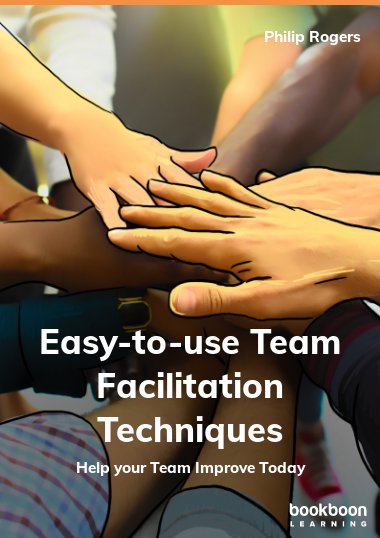Books about Business Agility, Product Management, Kanban, Lean, and similar topics generally cover theory, values, and principles in some detail, and understandably so. What’s often missing from such books: simple, clear, practical instructions that can help teams achieve desired outcomes. This book leverages the practical experiences of the author, making available no-nonsense, simple advice that can help any team improve.
About the Author
Philip Rogers works with individuals and teams to apply techniques that enable effective collaboration, surface and address challenges, and deliver results. Phil’s career spans more than 30 years, starting with seven years of service as a US Air Force Officer. Phil has worked with many organizations that are leaders in their respective fields, such as Cisco Systems, Intel Corporation, National Public Radio, and Fidelity Investments, and also is a volunteer counselor with Crisis Text Line and a volunteer paleontologist at the Smithsonian National Museum of Natural History.

